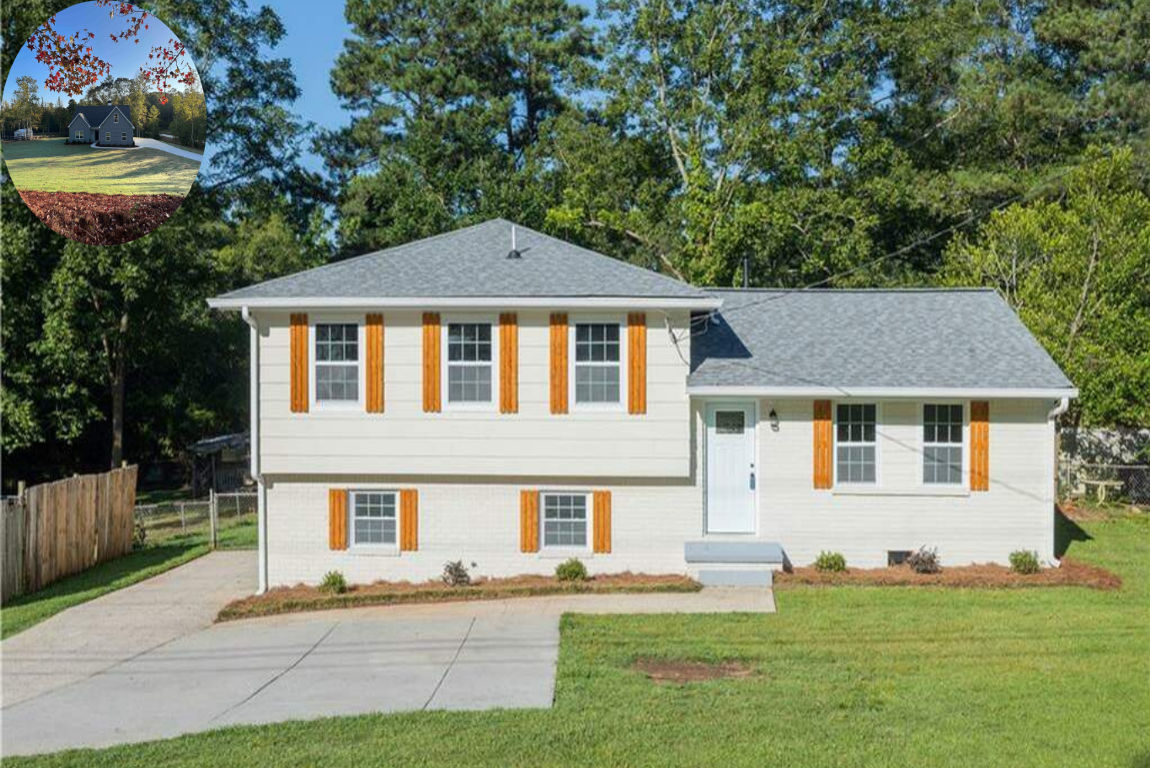Understanding lease terms and their implications is a critical aspect of real estate management and investment. One term that stands out in commercial real estate is WALT, which stands for Weighted Average Lease Term.
Leases are the backbone of any real estate investment. Whether you’re a landlord or a property manager, the terms of these leases dictate your income and the property’s overall value. But how do you evaluate the quality and duration of existing leases? This is where WALT comes into play.
Understanding WALT in Real Estate

What is WALT?
WALT stands for Weighted Average Lease Term. It’s a metric used in commercial real estate to calculate the average duration of all active leases in a property, weighted by either the leased area or the rental income.
For example:
- If a tenant rents a larger portion of the property or contributes to higher rent, their lease duration will have a greater impact on the overall weighted average lease term (WALT).
- By weighting the lease terms, WALT provides a more accurate picture of income stability than a simple average of lease durations.
Why Does WALT Matter?
WALT is essential for understanding:
- Lease Stability: A longer WALT indicates that tenants are locked into more extended agreements, thereby reducing turnover risks.
- Income Security: Higher WALT is a sign of predictable rental income over time.
- Tenant Rollover Risk: Lower WALT signifies that leases are expiring soon, which could lead to vacancies or renegotiations.
How WALT is Used in Real Estate
WALT is a versatile metric with multiple applications:
- Investment Analysis: Investors use WALT to assess the risk and predictability of rental income when considering a property purchase.
- Property Valuation: A property with a long weighted average term (WALT) is likely to have a higher market value due to the certainty of its income.
- Lease Management: Property managers use WALT to plan for lease expirations and negotiate renewals.
Weighting Methods
- Leased Area Weighting: This method considers the size of each tenant’s leased area.
- Rental Income Weighting: Focuses on the rental income contribution of each tenant.
Components Required for Calculating WALT

Key Data Inputs
You may also read (guide to purchasing a home for cash do you need a lawyer).
To calculate WALT, you need two primary pieces of data:
- Remaining Lease Term: This refers to the number of years (or months) remaining in each tenant’s lease.
- Weighting Metric:
- Either the leased area (measured in square footage or square meters),
- Or the annual rental income for each tenant.
Sources of Data
You can gather the required data from:
- Rent Roll: A document that lists all leases for a property, including tenant names, lease terms, rental amounts, and lease areas.
- Lease Agreements: Individual tenant contracts that outline specific terms.
- Property Management Software: Many modern systems can automatically track and calculate relevant data for WALT.
Step-by-Step Guide to Calculating WALT Manually

Now that you understand the components, let’s walk through the WALT calculation process step by step.
List All Active Leases
Create a table with the following columns:
- Tenant Name
- Remaining Lease Term (in years)
- Leased Area (or Annual Rental Income)
For example: | Tenant Name | Remaining Lease Term (Years) | Leased Area (Sq Ft) | Annual Rent ($) | |————-|——————————-|———————|—————–| | Tenant A | 5 | 2,000 | 50,000 | | Tenant B | 3 | 1,500 | 30,000 | | Tenant C | 2 | 500 | 10,000 |
Calculate Weighted Lease Terms
For each tenant, multiply their remaining lease term by the weight (leased area or rental income):
- Weighting by Leased Area:
- Weighted Lease Term = Remaining Lease Term × Leased Area
- Weighting by Rental Income:
- Weighted Lease Term = Remaining Lease Term × Annual Rent
For the example above: | Tenant Name | Weighted Lease Term (Sq Ft × Years) | |————-|————————————-| | Tenant A | 10,000 | | Tenant B | 4,500 | | Tenant C | 1,000 |
Sum Weighted Lease Terms
Add up all the weighted lease terms.
Example: Total Weighted Lease Term = 10,000 + 4,500 + 1,000 = 15,500
Calculate Total Leased Area or Total Rent
Sum the total leased area (or annual rent) across all tenants.
Example: Total Leased Area = 2,000 + 1,500 + 500 = 4,000 Sq Ft
Compute WALT
Use the formula:
WALT = Total Weighted Lease Term ÷ Total Leased Area
For the example: WALT = 15,500 ÷ 4,000 = 3.875 Years
You may also read (why do mice seek shelter in homes).
Example Calculation
Let’s say you’re using Annual Rent as the weight instead of area: | Tenant Name | Remaining Lease Term | Annual Rent ($) | Weighted Lease Term ($ × Years) | |————-|———————–|—————–|———————————-| | Tenant A | 5 | 50,000 | 250,000 | | Tenant B | 3 | 30,000 | 90,000 | | Tenant C | 2 | 10,000 | 20,000 |
Total Weighted Lease Term = 250,000 + 90,000 + 20,000 = 360,000
Total Annual Rent = 50,000 + 30,000 + 10,000 = 90,000
WALT = 360,000 ÷ 90,000 = 4 Years
How to Use the Walt House Calculator in Excel

Automation can save you time and reduce errors. Let’s explore how to calculate WALT using Excel.
Setting Up Your Excel Sheet
Create columns for:
- Tenant Name
- Remaining Lease Term
- Leased Area or Annual Rent
- Weighted Lease Term
Calculate Total Leased Area or Total Rent
Use the Excel formula =SUM(Column Range) to total the leased area or annual rent.
Calculate Weighted Lease Terms
In a new column, multiply the remaining lease term by the weight using a formula like:
=B2*C2
Sum Weighted Lease Terms
Use the SUM function again to calculate the total of the weighted lease terms column.
Calculate Final WALT
Divide the total weighted lease terms by the total leased area or total rent:
=SUM(Weighted Lease Terms) ÷ SUM(Total Weight)
Why WALT is Crucial for Real Estate Decision-Making
WALT serves as a powerful tool for:
- Assessing Lease Stability: Longer WALT indicates steady income streams.
- Property Valuation: Predictable income leads to higher property valuations.
- Risk Management: Lower WALT flags potential risks from expiring leases.
You may also read (how to understand bac in home real estate).

